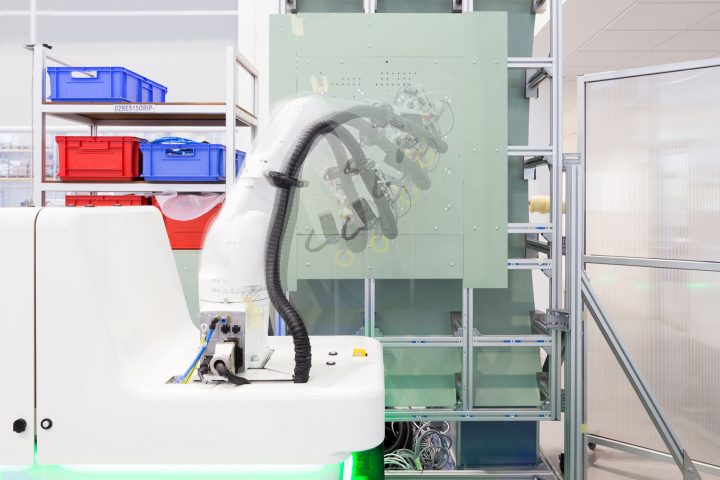There is a growing need for robots and machines to autonomously act and react, based on inputs acquired from different sensors. From this perspective, Artificial Intelligence enables cognitive abilities and moves forward to adaptive behaviors, including all aspects of perception, learning, knowledge representation, reasoning, planning, decision making, and dynamically adapting to new contexts.
innovation areas

The industry 4.0 paradigm is demanding more and more flexibility and modularity, based on the Cyber-Physical System philosophy. The robotic cell consists of several interconnected embedded systems, exchanging information and cooperating for the proper execution of the tasks. To provide easy reusability and interchangeability of the robotic module, an Open Robot Interface (ORI) framework has been developed.

Innovative human-robot interaction methods permit to increase usability, simplify programming and improve the safety of robotic arms. The research on HRI methods includes robot mimic, online planning, manual guidance, and 3D environment reconstruction.

Felix is the 3D measurement system that is able to perform the critical task of inspecting railway switches and crossings, thus permitting to identify worn sections and routes.
Loccioni railway solutions
The mobile robot for the advanced industrial diagnostics able to perform measurement with more flexibility and precision, and shorter time-cycle, compared to traditional testing systems.




